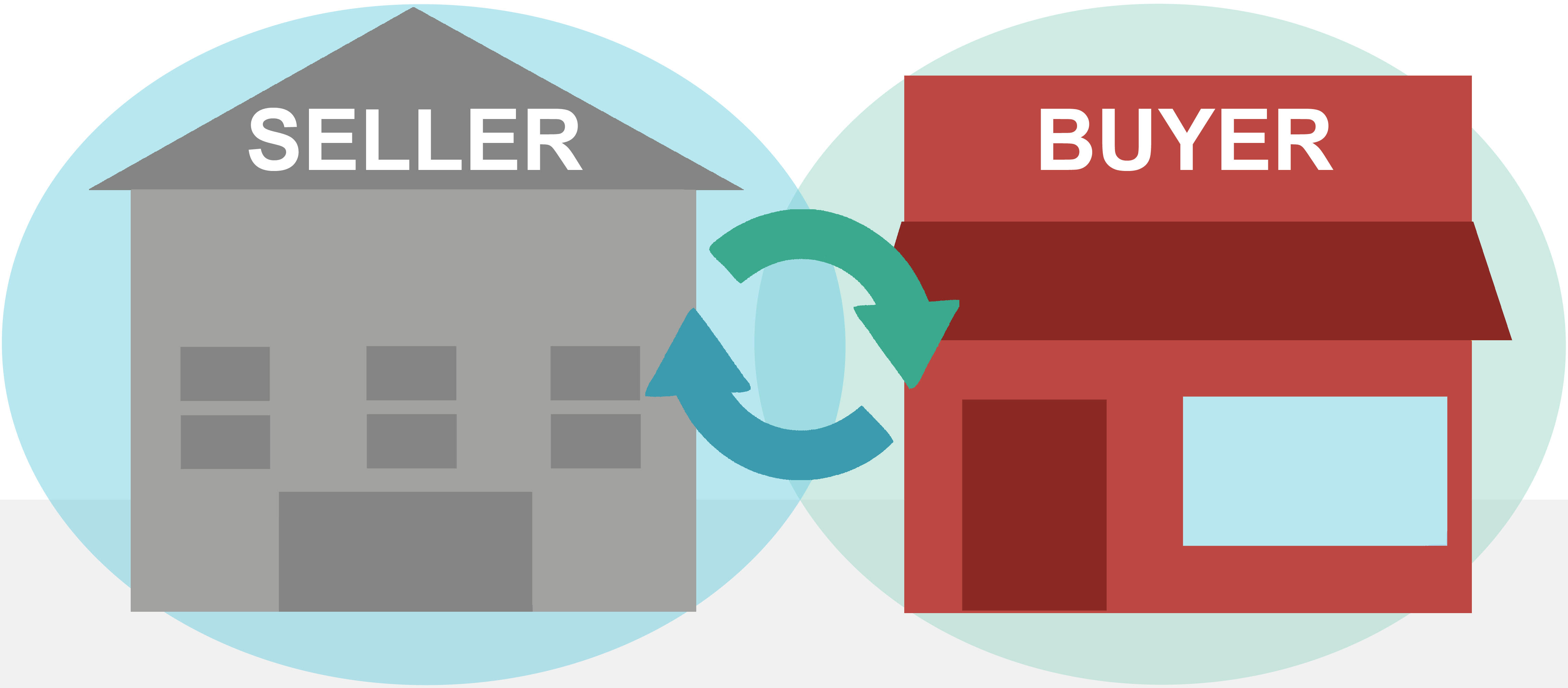The 2 sides of B2B eCommerce software
B2B eCommerce has two distinct sides: the seller and the buyer. A dedicated B2B platform is required to maximize sales and order volume.


NOTE: This article is aimed at companies who sell products to businesses (B2B or business to business) via sales reps (internal or external), showrooms, agents, distributors or similar avenues.
B2B eCommerce Must Serve Both Buyer & Seller
For these wholesale companies, B2B eCommerce software has two distinct sides. Each requires different tools to effectively conduct business.
Your wholesale/B2B business is different than any direct-to-consumer business you are undertaking. As such, a specialized, B2B-focused platform is required.
B2B businesses need to be careful not to fall into the trap of choosing a solution that only services one side.
The Seller Side
Operational and technical teams often overlook the seller side when they review B2B eCommerce platforms. The reason is likely that most people are not aware these tools exist.
The seller side of a B2B eCommerce platform must empower a salesperson to do her job more effectively, ultimately helping her to sell more. A robust solution allows the seller to open new accounts more efficiently and to be more proactive with existing accounts, creating stronger relationships.
I will go as far as saying that the seller side is the most important part of the B2B eCommerce equation. Providing your sales team with powerful new selling tools will drive top-line revenue while providing your brand with a massive competitive advantage.
To further drive home the importance of the seller side… ~90% of orders placed on NuORDER have had some form of seller touch.
What does the seller side entail?
At a minimum, a seller needs a digital catalog with up-to-date product information (e.g. inventory and imagery) and the ability to create and share custom catalogs/linesheets and proposals, generate quotes and ultimately create official orders.
Other key features required for the seller include customer-level pricing/visibility, a mobile version with offline capabilities, brand media content, as well as reporting and order-status updates.
The Buyer Side
The buyer side of B2B eCommerce needs to be an efficient access point for your buyer (new or existing) to purchase from and do business with your brand.
Your B2B eCommerce platform must allow your buyer to:
- Review up-to-date product information
- Search quickly (e.g. immediate-delivery products)
- Review and edit order quotes, visual meeting recaps and additional product suggestions
- Create official or proposed orders
- View order statuses so your buyers don't need to call your customer-service department
As B2B is trade-related, a buyer must be registered and introduced to the B2B eCommerce platform you choose. As buyers are external to your company, your chosen solution must be user-friendly because they will not have the benefit of training.
Keep in mind that buyers are consumers when they're not at work.
Buyer adoption is not going to happen overnight. You can mandate your salespeople to use a B2B eCommerce platform, but an external buyer may need some convincing.
Be proactive and don’t give up — the benefits are huge. Communicate the advantages of using your platform with your buyers. Your provider can help you with crafting this messaging.
Keep in mind that buyers are consumers when they're not at work. They're already accustomed to purchasing for themselves online, so purchasing for their businesses online is a natural progression.
More and more research shows B2B eCommerce is set for an explosion and by 2020 order volume is expected to top a whopping $6.7 trillion.
What happens if buyers creates their own POs (purchase orders) in Excel?
A robust B2B eCommerce platform will be able to take any excel PO and with a few adjustments upload it for an accurate order. Buyers should also be able to export any order to Excel for their own POS (point of sale)/buying systems.
Many buyers (especially those who work for large chains) will have their own buying systems, so they won't be placing orders through your platform. However, you do want to get these orders into your system via a two-way integration with your ERP (enterprise resource planning) or similar solution. This will allow you to report on all of their orders — not just those placed through your B2B platform.
Don't underestimate the seller's side of the B2B eCommerce equation.
When you're set up and buyers can order from you digitally, ensure your platform is a proper representation of your brand. Also, your data must be accurate; don’t be caught red faced, calling a buyer about a product they placed an order for that is out of stock.
Conclusion
B2B eCommerce has two distinct sides — the seller and the buyer.
B2B eCommerce differs from B2C and requires a specialized solution with dedicated tools for the seller and the buyer. Enabling your sales team with digital tools will drive a major business impact. Don’t underestimate the seller's side of the B2B eCommerce equation.
Related articles
Get on the list
Wholesale tips and industry news you can’t miss, delivered weekly
